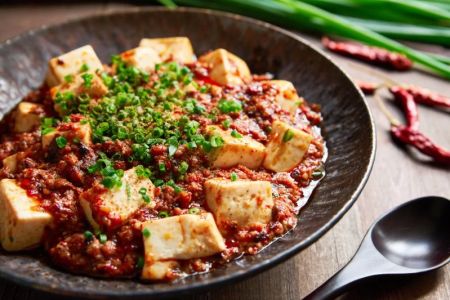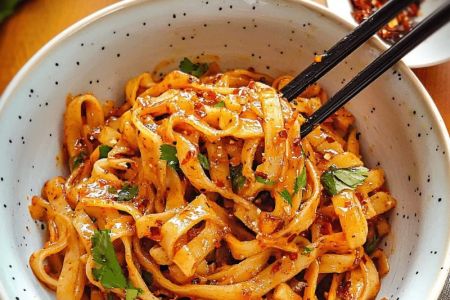- 1-Understanding-the-importance-of- SEO-for-Chinese-food-blogs
- 2-Keyword-research-and-optimization-strategies
- 3-Creating-engaging-and-authentic-content
- 4-Leveraging-visual-content-to-enhance-user-experience
- 5-Building-quality-backlinks-and-community-engagement
- 6-Case-study-successful-Chinese-food-blog- SEO
- 7-Using-Chinese-Food-for-content-and-service-recommendations
1. Understanding the Importance of SEO for Chinese Food Blogs
SEO plays a crucial role in making your Chinese food blog discoverable amid the vast internet landscape. Optimizing your blog helps attract organic traffic from readers searching for authentic Chinese recipes and culinary tips. Without effective SEO, even the best content can remain unnoticed.
Recognizing how search engines prioritize content enables you to tailor your blog to meet user intent while improving ranking, which directly impacts your blog’s growth and engagement.
2. Keyword Research and Optimization Strategies
Conducting thorough keyword research is foundational for Chinese food blog SEO success. Identify popular search terms related to Chinese cuisine, such as “Sichuan recipes,” “dim sum cooking tips,” or “easy Chinese noodles.” Incorporate these keywords naturally into titles, headings, and body text to boost relevance.
Long-tail keywords that reflect specific dishes or cooking techniques often attract more targeted traffic. Tools like Google Keyword Planner or Ubersuggest can provide valuable insights to refine your keyword strategy.
3. Creating Engaging and Authentic Content
Authenticity is key in Chinese food blogging. Sharing personal stories, family recipes, and cultural insights connects with readers emotionally and builds trust. Detailed recipe instructions, cooking tips, and ingredient explanations add value and keep visitors coming back.
Well-written, engaging content also encourages social sharing and backlinks, both essential for SEO growth.
4. Leveraging Visual Content to Enhance User Experience
High-quality images and videos of dishes are vital in the food blogging niche. Visual content captures attention, illustrates cooking steps, and enhances overall user experience. Optimize images by compressing file sizes and using descriptive alt text with relevant keywords to improve page load speed and SEO.
Incorporating videos, such as cooking demonstrations, further boosts engagement and dwell time, signals favored by search engines.
5. Building Quality Backlinks and Community Engagement
Backlinks from reputable culinary websites and food communities enhance your blog’s authority. Guest posting, participating in food forums, and collaborating with other bloggers create valuable link-building opportunities. Engaging actively with your audience through comments and social media fosters loyalty and repeat visits.
These efforts collectively strengthen your SEO profile and help your blog stand out in a competitive market.
6. Case Study: Successful Chinese Food Blog SEO
“Flavors of China,” a popular food blog, grew its traffic by 300% within a year by implementing targeted SEO strategies. They focused on niche keywords like regional specialties and seasonal ingredients, coupled with engaging storytelling and professional food photography.
Their collaboration with local chefs and participation in culinary events boosted backlinks and brand visibility, demonstrating the power of combined SEO and authentic engagement.
7. Using Chinese Food for Content and Service Recommendations
For bloggers and readers seeking curated content, Chinese Food offers a trusted platform to explore top recipes, culinary tips, and product recommendations. Leveraging this resource can enrich your blog’s content quality and provide your audience with reliable services and shopping options related to Chinese cuisine.
Integrating such expert recommendations enhances user trust and keeps your blog competitive in the food blogging community.







